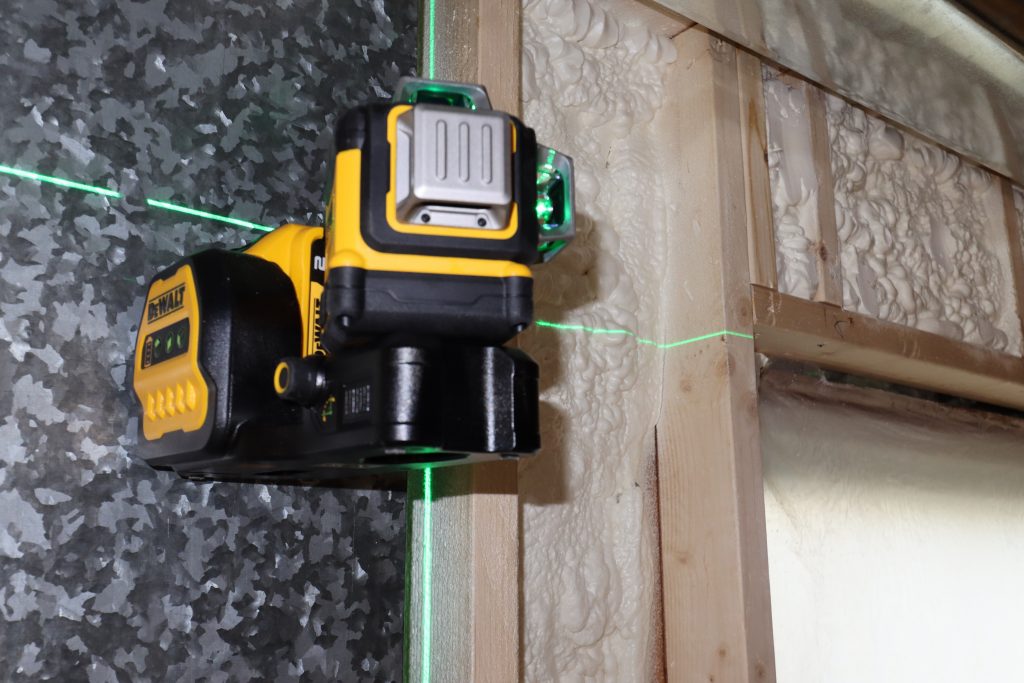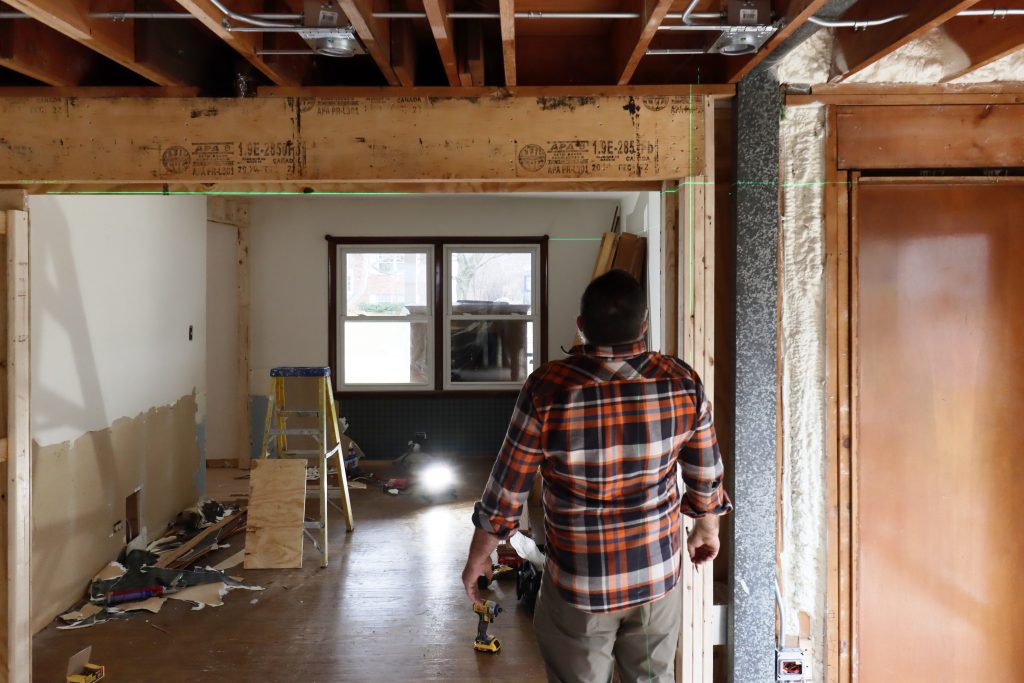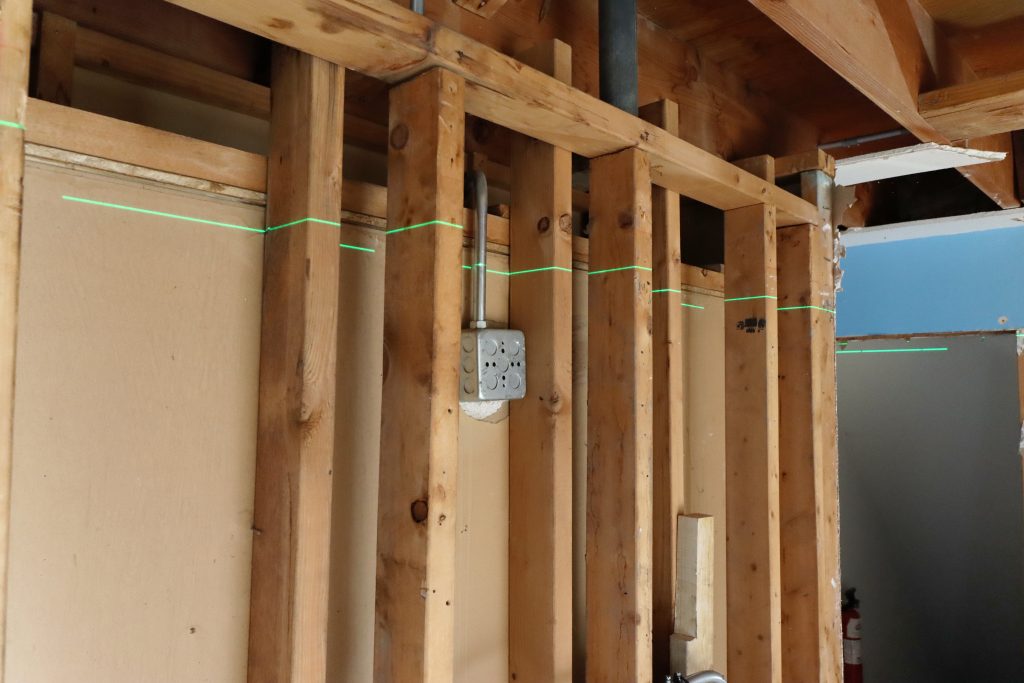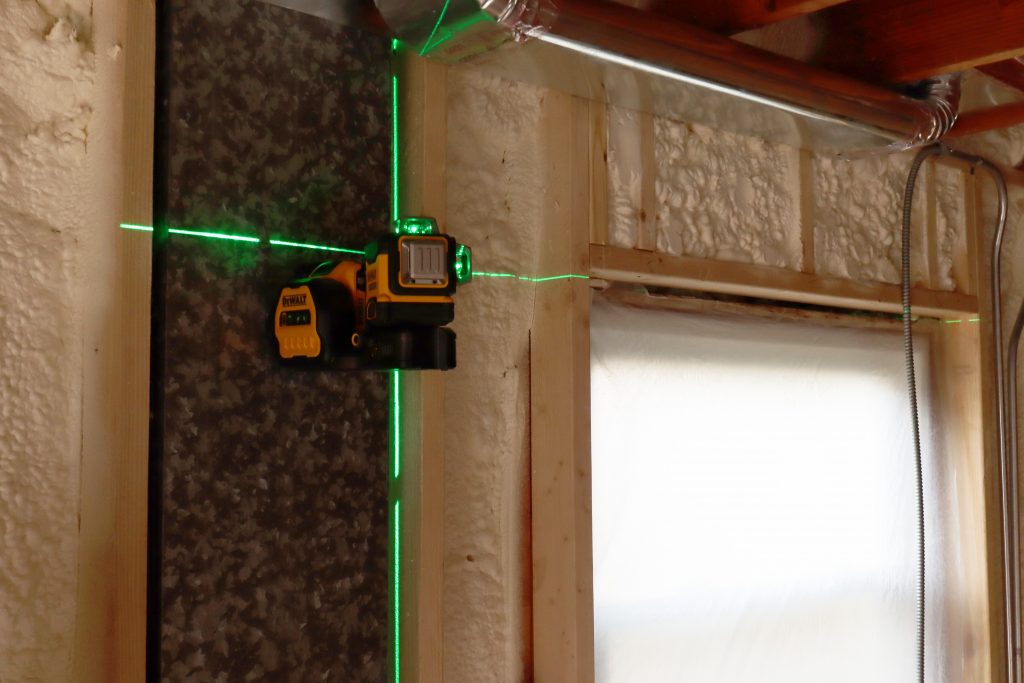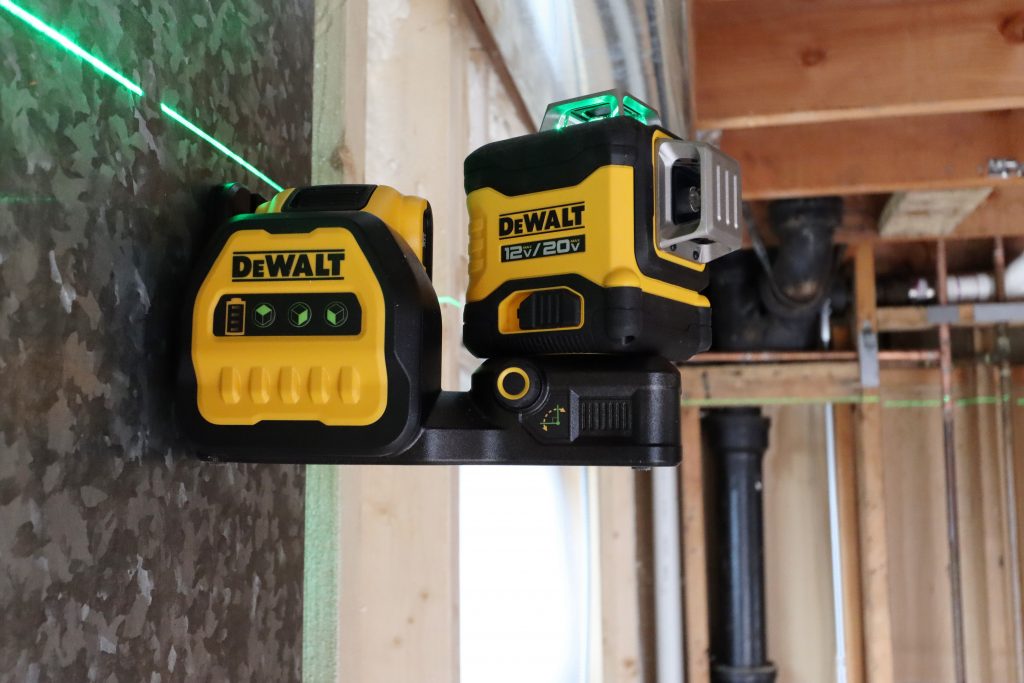An essential tool for any home is the level, which is a device that allows you to confirm that something is level to the ground. If you hang pictures on the wall your job will be more efficient and your outcome will be better if you use a level. However, a level is also an essential component to any DIY or construction project, as it is absolutely necessary to make sure that your structures are level.
The most common type of level is called a spirit or bubble level. These come in many lengths, from short to very long. They usually have one bubble gauge for each axis, and this allows the user to determine not only the level (horizontal line), but also the plumb (vertical line). Some levels will have additional bubbles at other angles, such as a 45-degree angle.
Levels are so important in construction that there are records of people using levels as far back as the 17th century. Along with the simple tape measure levels are one of the most important tools that any builder owns, as they are used in so many construction projects.
The common spirit level does a good job, but it can be awkward to use. When you need to have a horizontal line over a large surface you usually need a large level, and it is common for builders to own many levels at various lengths.
A while back laser levels became available. These devices project a laser line that shows where level is. Many could be rotated to show a line that was 90 degrees from the level, which is called the plumb line. These levels came in both manual and self-leveling versions. A manual level had a bubble level that you set and the only job for the level is to project a line. Self-leveling levels are able to determine a level line using electronic circuitry. This latter method is much more convenient.
I have used a Bosh level for many years. Recently I upgraded to a DeWalt professional level which can project a level line at 360 degrees around a room. In addition, it automatically creates a plumb line with the touch of a button. This level can also project directly on a floor making it useful for flooring applications. It has a bright green laser which projects further than the usual red laser levels. Lastly, it uses standard 12 or 20 volt DeWalt batteries unifying its power source with other DeWalt tools. See the photos below.
